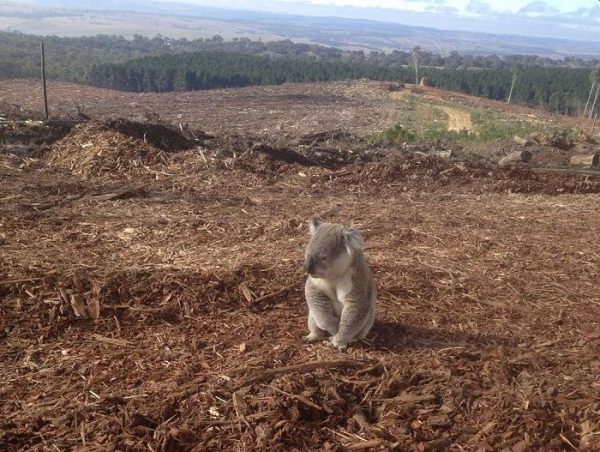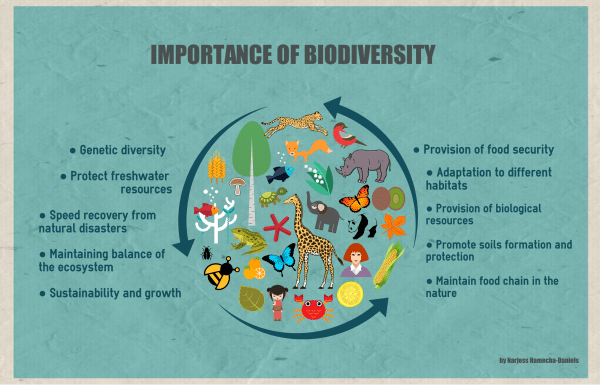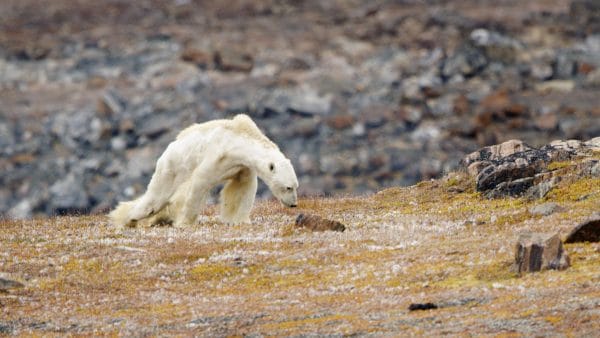
Let us start by saying Happy Earth Day, everybody!
The theme of this year is ‘Restore The Planet.’ This week, we want to take some time to dive into some of the most significant environmental problems we are facing today.
You’ve undoubtedly heard us discuss specific ways that Hemp can help restore the vitality of the earth. In this article, we will be taking a closer look at the causes of our problems and then what we can do to fix them.
We want to highlight three significant issues today: Global Warming, Deforestation, Pollution from plastics, and the subsequent endangerment of all life on our planet due to a combination of each of the topics mentioned above.
Hemp isn’t the only solution, but we certainly believe that it could play an enormous role in restoring the planet.
So, let’s get started, shall we?
The substantial peak in carbon emissions coincided with the explosion in global trade and commerce and resulted from massive population growth and consumerism.
Countries have quickly found fast ways to make money with industries from fashion to automobiles and even food production being scaled to commercial levels.
On the flip side, they’ve been slow on the pulse when coming up with strategies to offset carbon emissions

"The most critical environmental issue faced by the Earth is the overpopulation and overconsumption by humans. The most critical environmental issue faced by humans is climate change."
- Laura Trotta, Sustainability Educator & Climate Reality Leader
The issue of carbon emissions has caused a great deal of concern worldwide due to the now well-known issue of Global Warming. Global warming occurs when carbon dioxide & methane levels in the atmosphere become so significant that heat begins to fail to escape from the planet.
As a result, heat gets trapped in our atmosphere and begins to warm the globe. This is now occurring at an alarming rate.
Serious problems are appearing as repercussions for our actions, namely;
The issue of deforestation and toxic commercial farming practices are a huge contributor to global warming due to the rapid removal of our trees.
Tropical rainforests worldwide are being devastated due to the large scale clearing of trees… and it’s not just for paper. The leading cause of deforestation in places like the Amazon Rainforest is the world’s addiction to Palm Oil.
Palm oil is a type of vegetable oil used in many popular products like chocolate and cosmetics. In some places in Europe, it’s even used as an alternative to fossil fuels due to the ability to make ‘biodiesel’ out of it.
Although Palm Oil is derived from a plant, the African Palm doesn’t necessarily mean that farming has been done in an environmentally friendly manner. Due to being such a profitable industry, countries like Malaysia and Indonesia have jumped on board to boost their economies.
Another notable player in the Palm Oil game are occupants of the Amazon rainforest, which extends through Columbia, Peru, and other South American countries.
Despite being a lucrative industry for local farmers to participate in, the unfortunate side effects of the Palm Oil industry are all too real. Those who have been paying attention know that it’s a massive contributor to deforestation.
For anybody unfamiliar, deforestation is the mass clearing of rainforests so that the land can be used for commercial farming instead - in this case, for Palm Oil and paper production.
On the other hand, there’s deforestation occurring for paper, too. All across the world, some of the oldest and most prominent forests are cleared to feed our habits of paper use. Paper is used in places like offices and schools and commercial packaging products like cardboard.
For each tree cut down, it’s one less tree that can sequester carbon dioxide from our atmosphere - and each tree cut also releases a massive amount. This is one of the most destructive industries on earth, and there certainly are much more viable alternatives…
...However, we seem pretty stuck in our ways.
Clearing rainforests like this results in massive amounts of carbon dioxide being released from the soil. And once the trees are gone, we’ve also taken away the ‘lungs of the earth’ and crippled the ecosystem’s ability to remove carbon dioxide from the atmosphere.

As if Global Warming and Deforestation weren’t significant enough problems, humans have been making an absolute mess of the physical condition of the earth.
It’s gotten to the point that these seemingly cosmetic issues negatively impact other life forms on our planet. Whether it’s being taken to a landfill or disposed of into our sewerage, riverways, and oceans, there are drastic impacts for both humans and animals alike.
Surely we’re all familiar with the images of sea life with plastic beer cartons wrapped around their throats, grocery bags wrapped around their limbs, and plastic growing perforating through their bodies due to unnecessary encounters with our trash.
If you want to learn more about reducing your single-use plastics, check out the linked blog!

“Industrial pollution and the discarding of plastic waste must be tackled for the sake of all life in the ocean.”
— David Attenborough
Each one of these individual issues ends up pointing to one inevitable, globally recognised and rapidly developing dilemma - the loss of biodiversity.
The pollution of land and oceans with trash is quite literally choking animals on the ground and in the sea. Unlike humans, many animals will try to eat just about anything that comes their way. When it comes to our trash, this ultimately results in the slow, painful death of animals.
On top of that, deforestation is forcing already endangered animals out of their natural habitats and extinction.
Animals on land, animals in the sea, animals of the sky and land-dwelling & marine-based plant life suffer from our actions. With life on earth slipping away bit by bit, it only begs to question how long it is before human life begins to feel the pinch?

"Any one of its many capabilities should be greatly utilized in the reduction of population waste; environmental clean-up and bio-remediation of contaminated sites due to heavy metals, toxic waste, and pesticides.'
Jason Patrick, Agropharmatech, Bio-Production, and Analytical Scientist at Sustainable Nutes
But how can any of this relate to Hemp? We’re glad you asked!
Much like trees, Hemp can draw in co2 from the atmosphere. Hemp requires a lot of Co2 to grow! Some describe it as a ‘carbon pig’ because of its incredible ability to sequester large amounts of carbon dioxide from the atmosphere.
When speaking with Klara Marrozseky from The Australian Hemp Masonry Company about this topic, she noted there are three possible points where Hemp can sequester carbon dioxide:
When we reached out to Juan Mato Paredes, an environmental sustainability consultant from Made In Hemp, to have a discussion about the most important roll-on effects of growing Hemp, he noted that "the most important one it’s the potential for CO2 absorption and sequestration".
Besides carbon sequestration, Hemp also offers the remarkable capability to remediate polluted soils. Termed as 'bioremediation', Hemp is a plant with a deep taproot that absorbs most of what is in the soil that it grows in.
Most notably, Hemp was used in an experiment to remove radioactive compounds from soil contaminated by the nuclear meltdown in Chernobyl. A farm in Italy also applied this science to their land that was contaminated by a toxic chemical by the name of 'dioxin' with positive results.
On top of this, Hemp offers solutions to problems like single-use packaging pollution. The biomass contents have been recognised as one of the most suitable options for sustainable packaging solutions as we move into a (hopefully) greener future. The high cellulose content of Hemp’s stalk offers an incredible alternative for bioplastic manufacturing.
On the other hand, the lignin content of the plant is showing promise for cardboard and paper! Not only does this suggest Hemp could help combat plastic pollution, but it could also offset a certain amount of deforestation that happens while sourcing paper and cardboard.
Hemp can produce anywhere between 4x to 20x the amount of paper per acre than trees. These options are sustainable and more biodegradable than traditional plastics that are derived from fossil fuels. They’re also less toxic for humans and don’t take such a toll on the ecosystem.
Hemp biomass could also serve as an alternative as fossil fuels for gas and electricity production. Whilst the field is still somewhat in it's infancy, Jason Patrick from 'Sustainable Nutes' noted that they are looking into how hemp biomass can help provide gas and energy for rural areas in Hawaii.

From the great pacific garbage patch to the ongoing release of carbon dioxide in our atmosphere, there is a lot of damage done and only a bit being done about it.
Our planet’s ecosystem is in turmoil, and we’re only just starting to change our ways. Some say it’s too late, whereas others still have hope that we can pivot our behaviour quick enough to halt a quickly approaching environmental catastrophe.
"I don't know how much time we have left, but we must wake the masses, for future generations. I hope we all wake up tomorrow and take the combat frontline."
Elizabeth Knight - VP - Colorado Hemp Co | NoCo Hemp Expo
We have hope. We can see that there are viable solutions, and we want to do our part to contribute to fixing the damage before it’s too late.
You’ll never catch us saying that Hemp is the only solution, but what we can say is this: Hemp can certainly play a role in restoration when it comes to specific issues mentioned in this article.
"The answer lies in the soil
Landcare is people care
The earth may rock with revolution but the land will care for those that care for it"
- John Muir, Agricultural Agronomist & Industrial Hemp Consultant